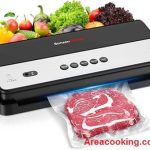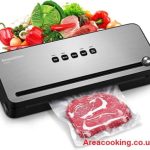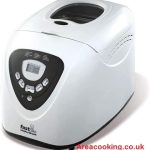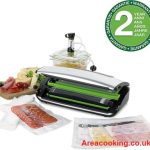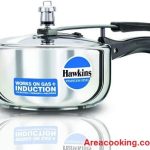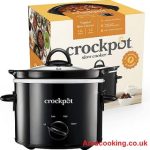As an Amazon Associate, I earn from qualifying purchases.

This article will show you how to vacuum seal a bag with water. This process can help to Keep your food safe and fresh.
Materials Needed
To vacuum seal a bag with water, you’ll need a few materials:
- Vacuum sealer
- Vacuum sealer bags (make sure they are suitable for use with liquids)
- Water
How To Vacuum Seal A Bag With Water?
Vacuum sealing a bag with water is a great way to store food or other items. It keeps things fresh and prevents them from spoilage. Here’s how to do it:
Preparing the Bag
Before filling the bag with water, you’ll need to prepare it. First, make sure the bag is suitable for use with liquids. Some vacuum sealer bags are not designed to hold liquids, so be sure to check the packaging before purchasing.
Next, open the bag and place it in a container or bowl to keep it upright while you fill it with water. This will make it easier to fill the bag without spilling.
Filling the Bag with Water
Once the bag is in the container, fill it with water. Make sure not to overfill the bag, as this can cause it to burst when you vacuum seal it. Leave a few inches of space at the top of the bag to allow for expansion.
Sealing the Bag
After filling the bag with water, it’s time to seal it. This is where the vacuum sealer comes in. Place the open end of the bag into the vacuum sealer and follow the instructions for sealing a bag with liquids. This usually involves pressing a button to start the vacuum process and then sealing the bag once the air has been removed.
Testing the Seal
Once the bag is sealed, it’s important to test the seal. Fill a sink or container with water and submerge the bag. If any air bubbles escape from the bag, this indicates that the seal is not airtight and needs to be redone. If the bag remains sealed and doesn’t leak any water, you’re good to go!
Storing the Bag
Once the bag is sealed and tested, it’s ready for storage. You can store it in a cool, dry place like a pantry or closet,
Tips for Vacuum Sealing Bags with Water
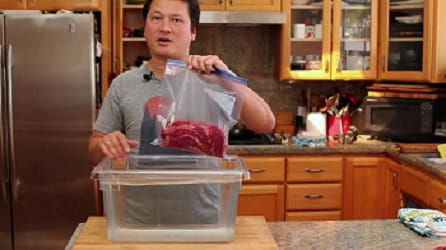
Here are some tips to help you vacuum seal bags with water more effectively:
- Use high-quality vacuum sealer bags that are designed for use with liquids. This will help prevent leaks and ensure a tight seal.
- Don’t overfill the bag with water. Leave a few inches of space at the top to allow for expansion.
- When sealing the bag, make sure to follow the instructions carefully to ensure a tight seal.
- Test the seal by submerging the bag in water. If there are any air bubbles, the seal needs to be redone.
- Store the bag in a cool, dry place to keep it fresh and prevent spoilage.
FAQs
Can you vacuum seal any bag with water?
No, you need to use a vacuum sealer bag that is designed for use with liquids.
Can you vacuum seal hot water in a bag?
It’s not recommended to vacuum seal hot water as it can damage the vacuum sealer and the bag.
Can you reuse vacuum-sealed bags?
It depends on the type of bag and what you’re using it for. Some vacuum sealer bags can be reused, but others are designed for single-use only.
How long can you store vacuum-sealed bags with water?
This depends on the contents of the bag and the storage conditions. Generally, vacuum-sealed bags can be stored for several months.
Can vacuum sealing bags with water be used for sous vide cooking?
Yes, vacuum sealing bags with water can be used for sous vide cooking. However, it’s important to use a vacuum sealer bag that is designed for use with liquids and to follow the instructions carefully to ensure a tight seal.
Conclusion
When vacuum sealing a bag with water, it is important to use a food-grade vacuum sealer bag. The water will help to keep the food fresh and prevent freezer burn.
